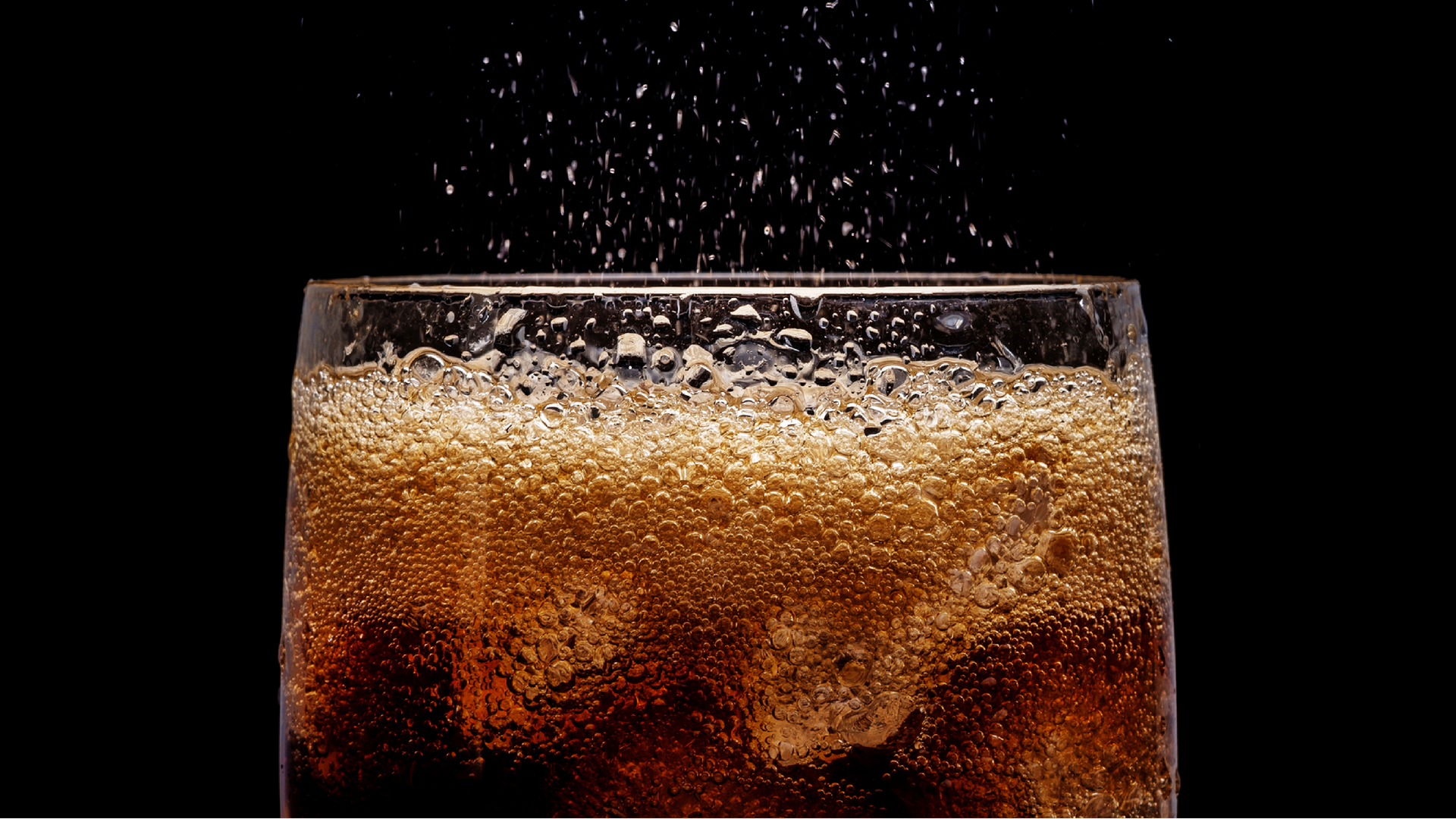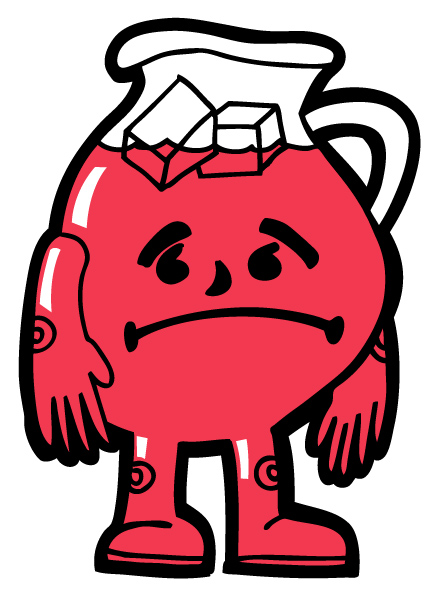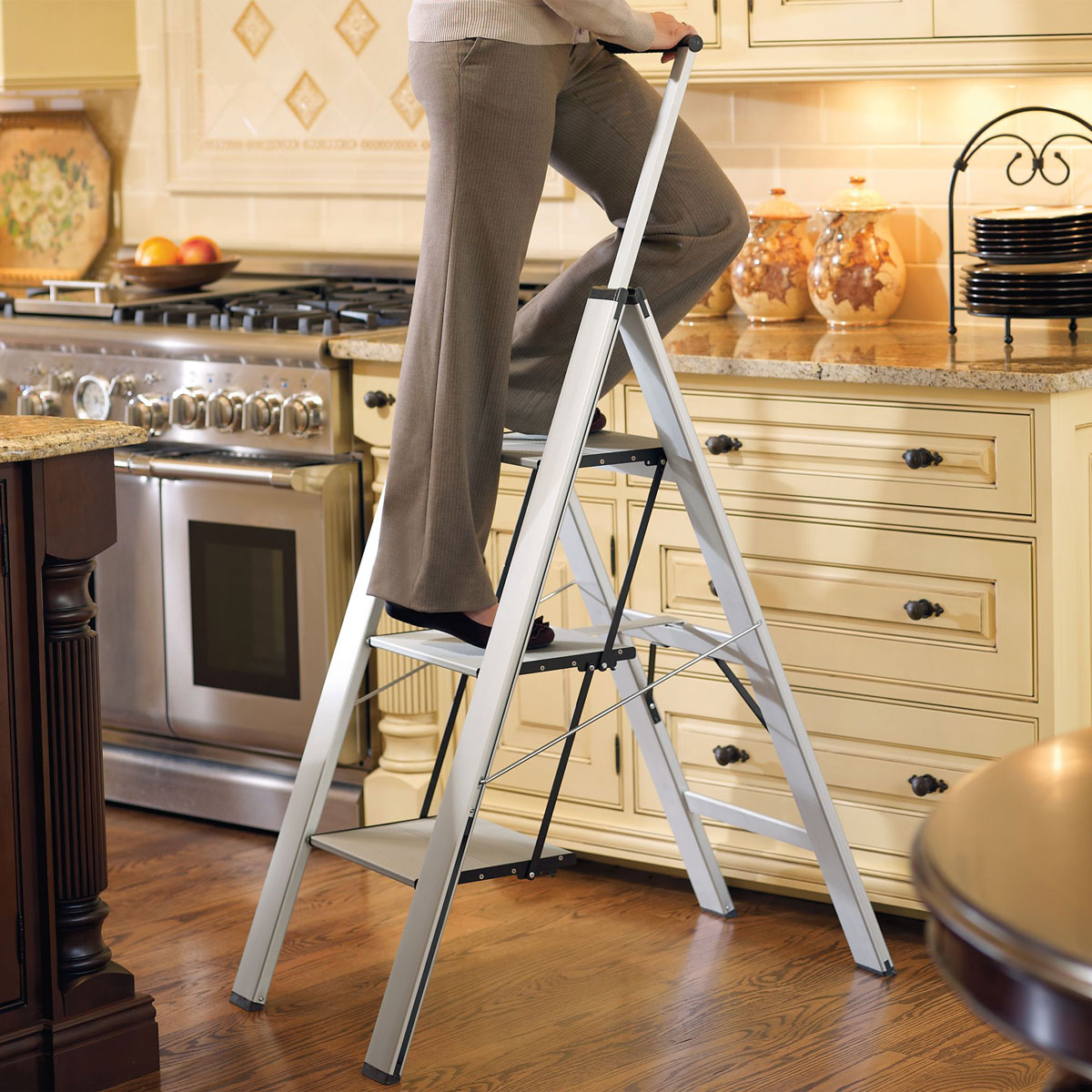Why do some people make friends more easily than others? For that matter, why are some people more likable than others? Tough questions. Before we discuss these issues, let’s take a break and pop the top on an ice-cold can of soda.

Did you know that Coca-Cola goes all the way back to 1886? Like a lot of sodas, Coke was initially sold in drug stores, because at the time, people strongly believed that carbonated water was beneficial to health. We doubt nutritionists would agree with this today — but carbonation does have some soothing qualities. Besides being thoroughly refreshing, a cold ginger ale can calm an upset stomach. An icy bottle of Pepsi on a hot summer’s day is sublime. Mountain Dew is a great pick-me-up and is extremely popular these days; but when we were kids, nothing could beat a Coke! “Things go better with Coke” — even if this is the “Pepsi Generation”! Actually, we now drink Diet Rite. (When we’re not drinking water, God’s health beverage.) Every calorie counts, you know.
All these drinks have one thing in common. They’re bubbly. Effervescent. Fizzy. Most people enjoy bubbly drinks. The fizz adds pizzazz. One thing’s for sure, when the fizz is gone, the soda is far less palatable. And when cola goes flat … yuck, it’s worse than Kool-Aid. We’d rather do without than drink a flat soda. A can of pop with no pop has far less to offer. Again, those little bubbles tickle our senses. We love the effervescence!
 People are like cola. When they’ve lost their effervescence — their enthusiasm, their excitement toward life — when their personality and outlook on the world go flat, they’re far less tolerable. Most of us love to hang out with bubbly people, so bubbly people make friends more easily. They have a sparkling personality that comes from a positive attitude and a contagious enthusiasm. Such people become very POPular! When we’re around them, we feel encouraged, uplifted, and invigorated.
People are like cola. When they’ve lost their effervescence — their enthusiasm, their excitement toward life — when their personality and outlook on the world go flat, they’re far less tolerable. Most of us love to hang out with bubbly people, so bubbly people make friends more easily. They have a sparkling personality that comes from a positive attitude and a contagious enthusiasm. Such people become very POPular! When we’re around them, we feel encouraged, uplifted, and invigorated.
On the other hand, the bad attitudes and sour dispositions of people who’ve gone “flat” can be hard to swallow. No one enjoys being around a negative or bitter person. Why would we? Do you have a “woe is me” family member with the ability to rain on your every parade? Have you ever dealt with a coworker who knew any given project was “doomed to failure” before it even got started? Have you ever visited an “all gloom and doom” friend, and afterwards felt like you were ready to commit suicide? “Flat” friends and family are no fun. Their fizz is all gone. All that’s left is the nasty Kool-Aid of their bleak outlook on life — and who wants to drink that?
What’s our point? We need to try and be tolerant of these folks. We often can help lift their spirits. Inject some fizz back into their lives. BUT we don’t want to BE these folks! We want to be POPular (in a good way), bubbly, encouraging, uplifting, crisp, cool and sparkling! Besides being friendly, THAT’S how you really attract people and make friends. But getting back your fizz requires certain steps; and keeping your effervescence requires certain precautions.
You can’t constantly fill your head with negative, pessimistic, gloomy, downer thoughts and ideas if you want to stay bubbly and be a part of the “Pop Culture.” Ever watch a depressing movie and walk out of the theater all depressed? Hey, we’re not asking you to never watch a tear-jerker, or to avoid people with nasty attitudes; but you need to make sure you pour into your life more good stuff than bad. Here’s what the Apostle Paul has to say about it: “And now, dear brothers and sisters, one final thing. Fix your thoughts on what is true, and honorable, and right, and pure, and lovely, and admirable. Think about things that are excellent and worthy of praise.” (Philippians 4:8 NLT)

 By now most of our dear readers surely must realize we’re a few bucks shy of being certifiably eccentric. (Given our present financial state, please refer to us as simply daffy.) True, we give our kitchen appliances names, and then write about the adventures of these “angels.” We call them angels because, like God’s celestial messengers, these kitchen tools and appliances generally have a life-changing lesson to impart — if we look for it.
By now most of our dear readers surely must realize we’re a few bucks shy of being certifiably eccentric. (Given our present financial state, please refer to us as simply daffy.) True, we give our kitchen appliances names, and then write about the adventures of these “angels.” We call them angels because, like God’s celestial messengers, these kitchen tools and appliances generally have a life-changing lesson to impart — if we look for it.

 until you pull an emotional muscle! Grab a “spiritual stool” and take a step up! The Psalmist writes, in “A Song of Ascents” [ascent as in climbing]:
until you pull an emotional muscle! Grab a “spiritual stool” and take a step up! The Psalmist writes, in “A Song of Ascents” [ascent as in climbing]: